150 Years Of IWC: A Timeless Story
18 June 2018In 2018, IWC celebrates 150 years of business: let’s take this occasion to have a glance together at its glorious history.
This year falls the important anniversary of the establishment of IWC – the luxury watches brand from Switzerland – and its value need not fear the passage of time. The anniversary was celebrated in the best possible way: in Geneva at the Salon International de la Haute Horlogerie (SIHH), with a gala attended by over 800 guests – among them the stars with a strong bond to the maison, such as actors Cate Blanchett and Bradley Cooper, the racing driver David Coulthard, and top models Adriana Lima and Karolína Kurková. The Jubilee Collection was introduced on the occasion, comprehensive of 27 models in limited edition, from the Portoghese, Portofino, Pilot and Da Vinci families.
But let’s take a look at IWC’s story together, starting from the very early days of a brand which made history in the watches world – marking time without ever suffering from it, but indeed running through it.
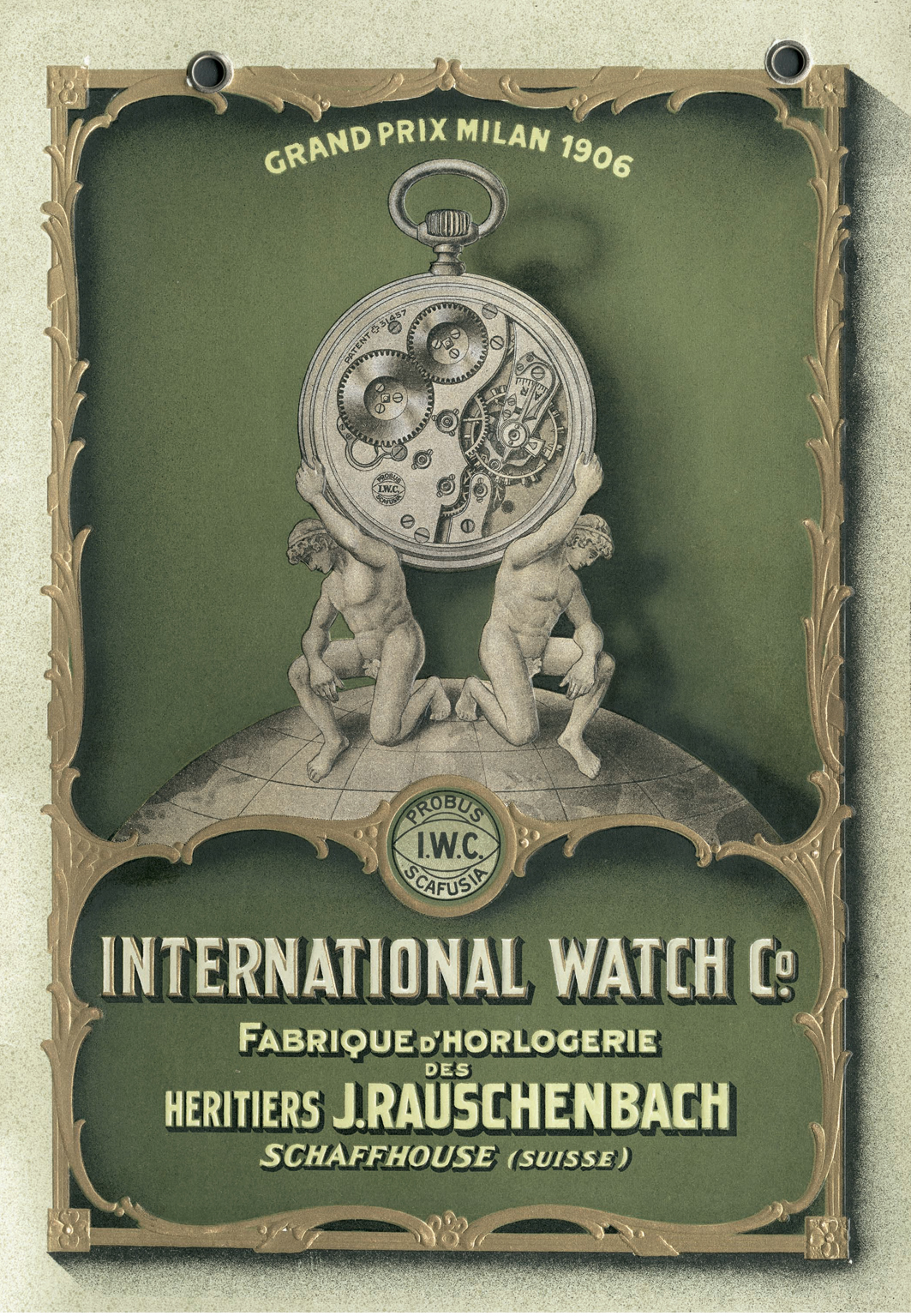
1868 – 1880: Florentine Ariosto Jones establishes IWC
In 1868, the American watchmaker Florentine Ariosto Jones established the International Watch Company in Schaffhausen, Switzerland, with the aim to produce state-of-the-art pocket watches for the United States market by drawing on the experience and mastery of Swiss watchmakers, the latest technologies, and hydroelectric energy from the Rhine. Over a very short period of time, IWC became a manufacturer able to produce over ten thousand movements per year. At that time, the highest level of quality was represented by the “pattern H,” to which Jones’ calibers referred to. After the watches made their debut on the American market, as Jones’ inventions didn’t entirely satisfy the investors, they decided to involve a compatriot, Frederick Francis Seeland – already a manager in the watchmaking sector – and put him in charge of the Swiss company. Founder F.A. Jones stopped working in the watchmaking field shortly afterwards and died in 1916 near Boston. His vision kept on living in Schaffhausen though: two years before his death, the production reached 25 thousands units per year.
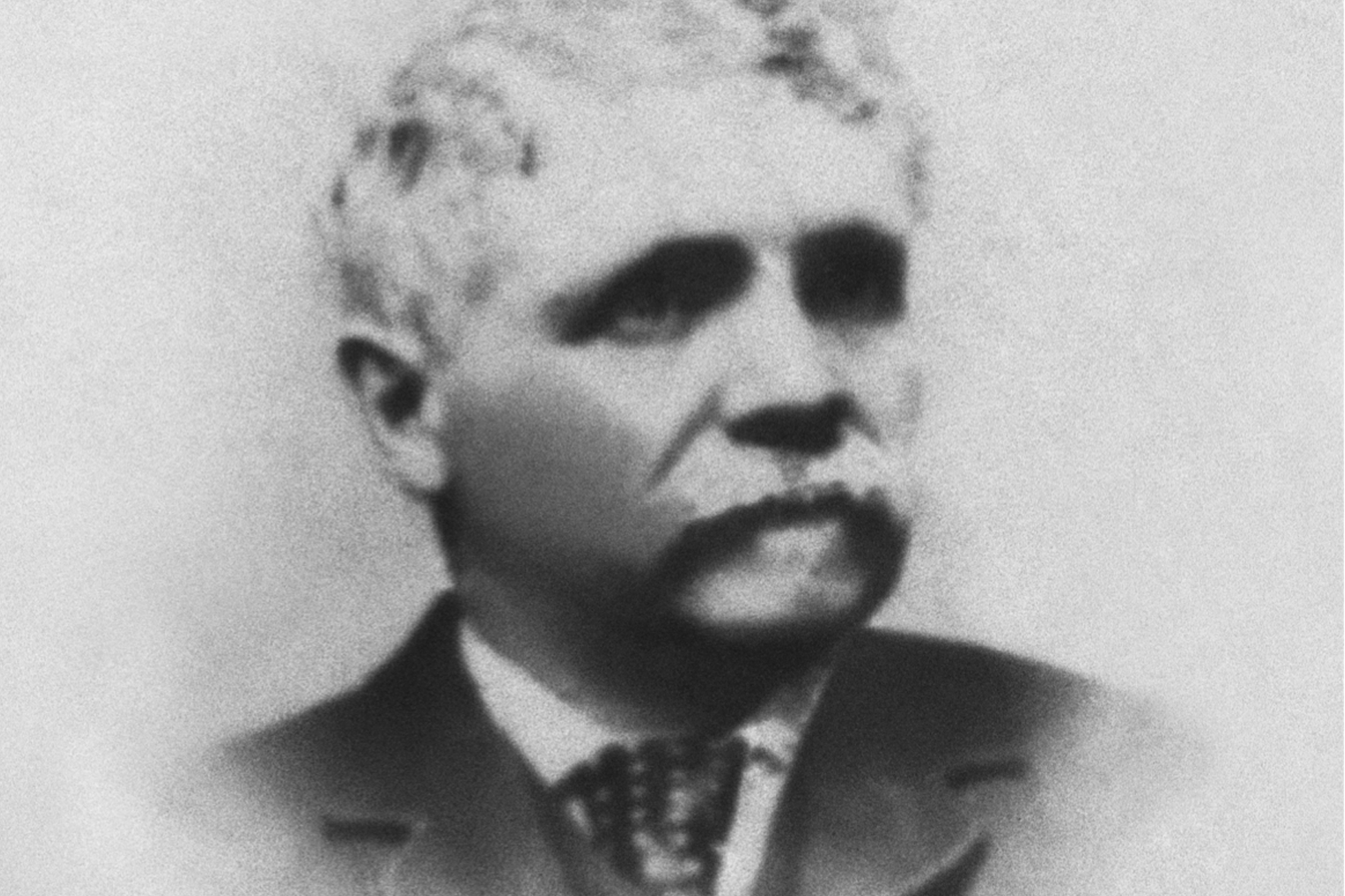
1880 – 1905: the Rauschenbach family takes the reins
In 1880, an industrial family from Schaffhausen – the Rauschenbachs – acquired the entire company and started selling watches internationally. It is under the leadership of Johannes Rauschenbach-Schenk (1884) that IWC created the first Pallweber pocket watches, displaying digitally the hours and minutes without hands. From 1899, the company started selling wristwatches, mounting the caliber 64 movement from a women pocket watch into an elegant case with handles. After the death of Johannes Rauschenbach-Schenk in 1905, the IWC reins were taken by his gender, Ernst Jakob Homberger, who became part of the family when he married Rauschenbach’s youngest daughter.
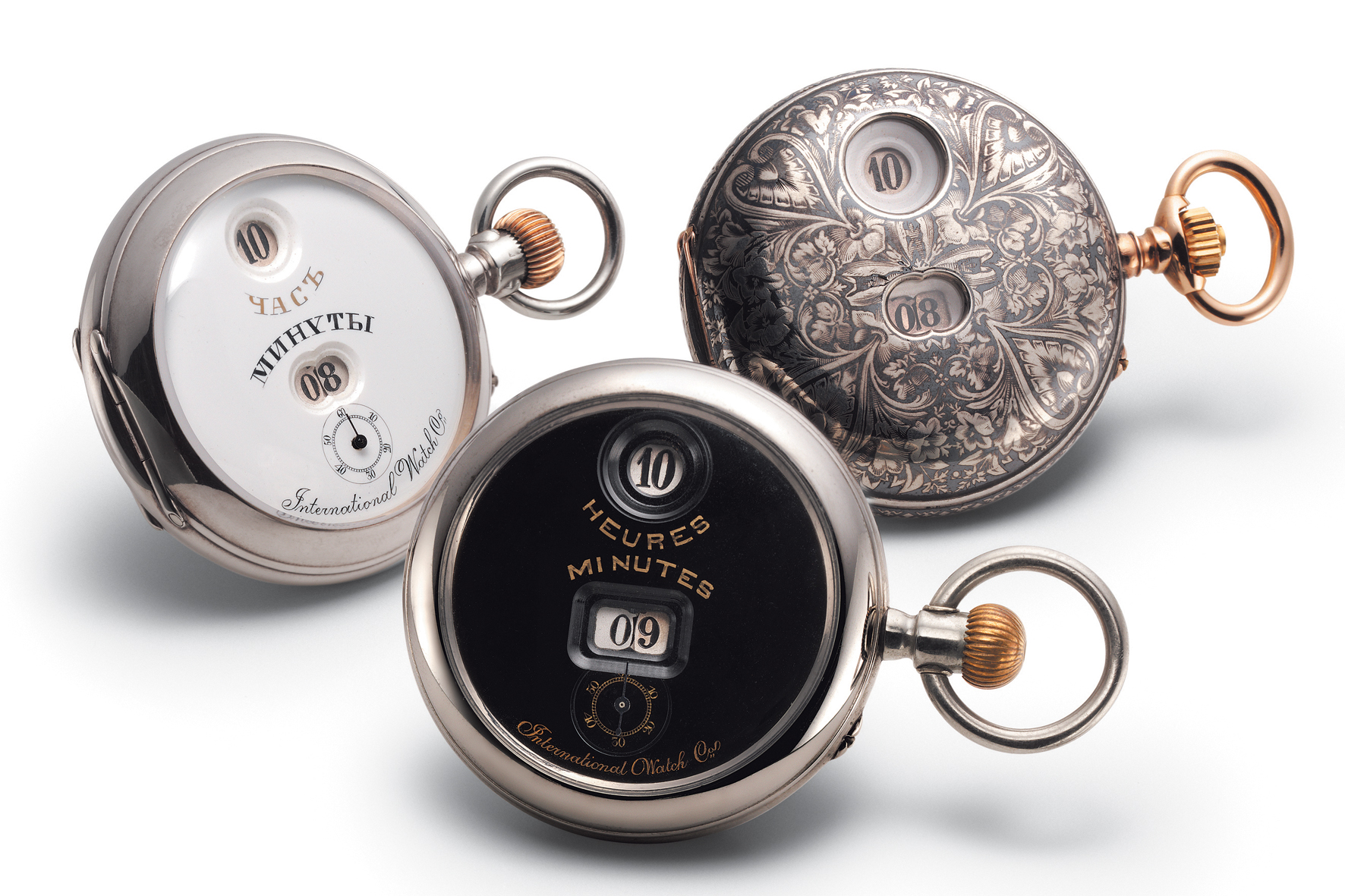
1905 – 1955: Ernst Jakob Homberger leads IWC
Ernst Jakob Homberger became head of IWC in 1905. At the time, his brother-in-law – the famous psychiatrist Carl Gustav Jung – was still working with the company, but almost 25 years after Homberger bought Jung’s share, becoming the sole owner of the manufacture. His job was a difficult one: to lead the company through the Great Depression, a mission he faced by taking heavy action against the personnel, but making clever choices regarding the watch models. It is under his lead, in fact, that two legendary watch families were born. Inspired by his sons – who were very fond of aviation – in 1936 Homberger introduced the first special watch for aviators, thus launching the Pilot’s Watches tradition. A few years later, two Portoghese importers ordered a series of big wristwatches with high-precision pocket calibers: this is how the iconic Portoghese watch was born.

In 1944, Homberger appointed Alfred Pellaton as technical manager. He was a proven technology and production processes expert, and he developed the first automatic movement manufactured by the company, including a highly efficient automatic winding system able to take advantage of every small movement of the rotor, in both directions, to wind the main spring. The caliber 85 was launched on the market in 1955 together with the first Ingenieur, characterized by a ductile iron case to protect the movement from magnetic fields.
1955 – 1978: Hans Ernst Homberger pursues the IWC tradition
Ernst Jakob Homberger died in 1955 and his son Hans Ernst replaced him at the head of IWC. Under his leadership, in 1967 the manufacture introduced the first Aquatimer, progenitor of the underwater watches family of the same name, water resistant up to a depth of 200 meters. The watch was equipped with an internal revolving lunette to set the diving time.
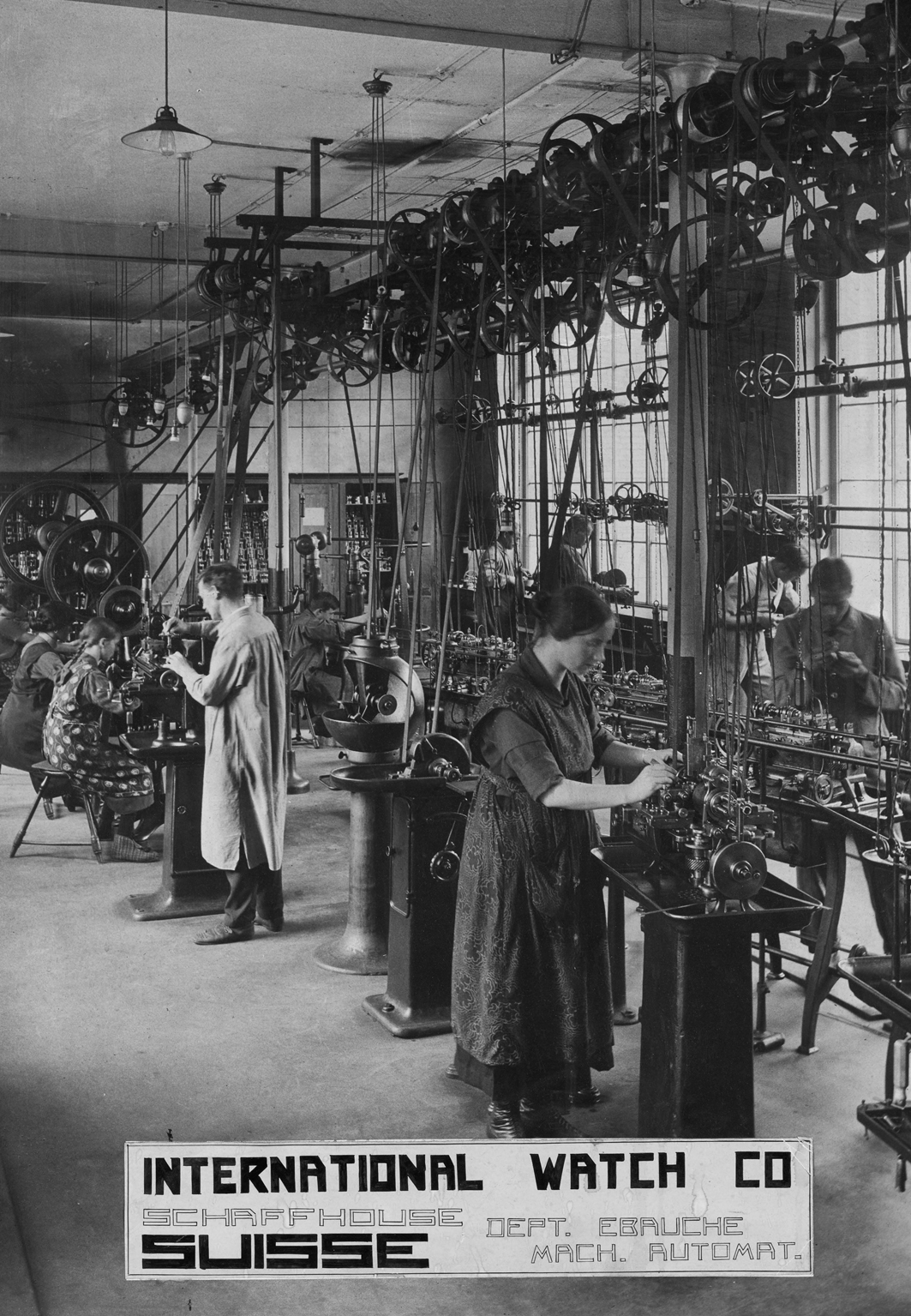
IWC contributed in a decisive way as well to developing the first Swiss quartz movement – Beta 21 – which debuted in 1969 with the first Da Vinci, characterized by an imposing hexagonal case made of gold.
In the 1970s, another economic crisi hit the Swiss watch industry, caused by the high price of gold, the strong franc, and the arrival of cheaper quartz watches on the market.
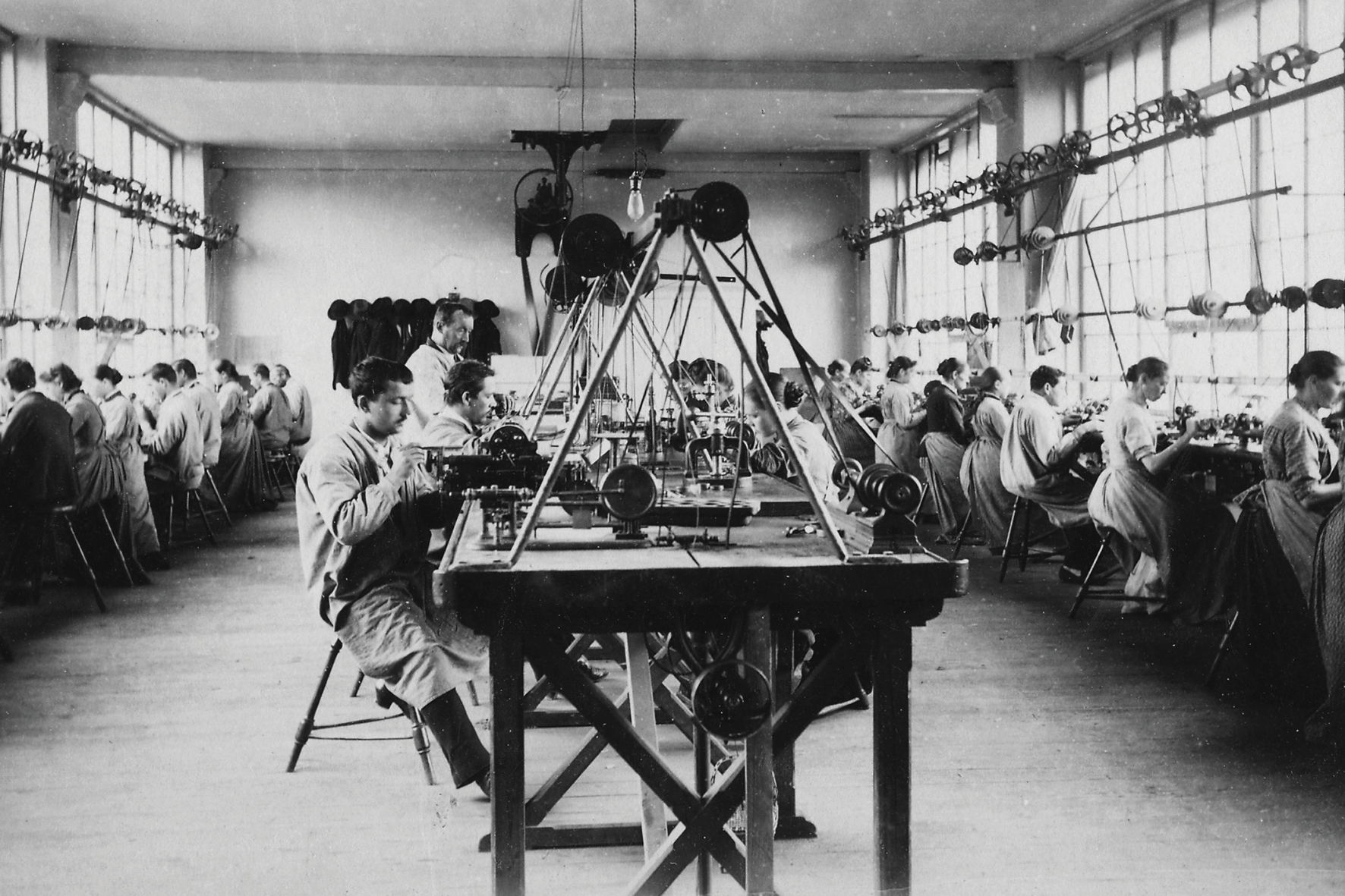
1978 – 2000: IWC turns German under the lead of Günter Blümlein
In 1978, IWC was acquired by VDO Adolf Schindling AG, a German company producing instruments. The new owners put the leadership of the company in the hands of an engineer with a particular expertise in trading: Günter Blümlein. As he foresaw the market potential for high-quality mechanical watches, he encouraged master watchmaker Kurt Klaus to realize his idea of a mechanical perpetual calendar, which was introduced in Basel in 1985 as the Da Vinci Perpetual Calendar. The watch almost doesn’t require any adjustments until 2499, and is easy to set simply by manipulating the crown. But the best was yet to come: in 1990, IWC achieved the pinnacle of luxury watchmaking with Grande Complication. Still, it was only in 1993 with the launch of “Il Destriero Scafusia” celebrating its 125th anniversary that IWC created the world’s most complicated wristwatch at the time.
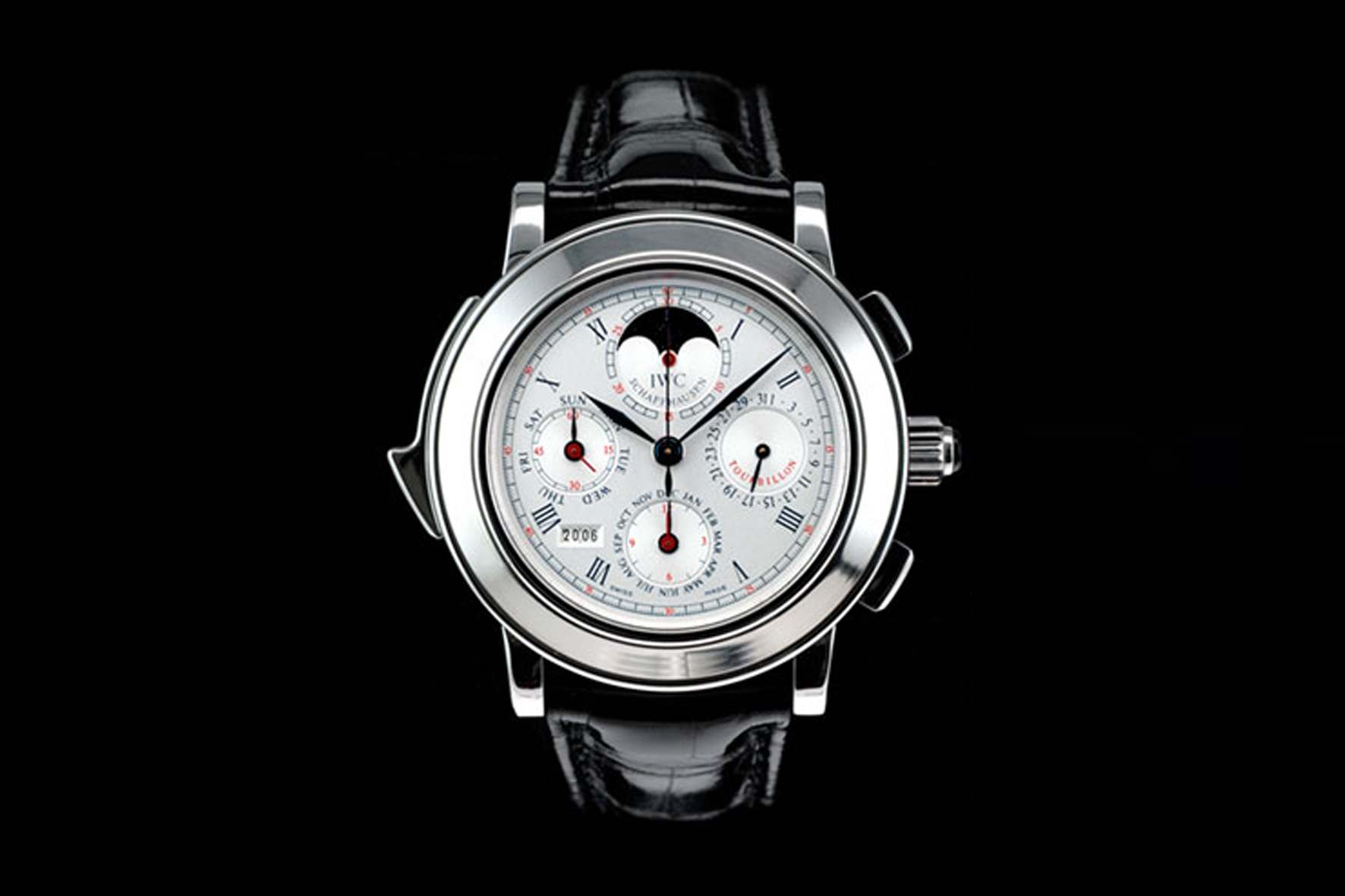
As for the materials, the company is still unmatched today across the whole sector: in 1980 the first wristwatch with a titan case was launched, and in 1986 the first model with a case made of black zirconium oxide ceramic. The high-profile collaboration with famous designer Ferdinand A. Porsche started during that period, bringing to life a series of very special timekeeping devices: the first wristwatch with an integrated compass is impossible to forget, as well as the Ocean 2000, water resistant up to two thousand meters.
2000 – 2017: IWC becomes part of Richemont Group
At the beginning of the new millennium, IWC was acquired by Richemont, and – after Günter Blümlein’s sudden, untimely death – George Kein became the company’s new CEO. In 2002 they launched the legendary Big Pilot watch, with its 46-millimeter diameter. In 2003, it is the turn of the Portoghese with perpetual calendar, which marks the moon phases in both hemispheres. Loyal to tradition, IWC keeps on introducing technical innovations such as the digital perpetual calendar, the IWC SafeDrive system to safely set diving time, the new Ceratanium® material, or the practical yearly calendar. In parallel, the company introduces new midsize models in the Portofino and Pilot collections, and specific women models in the Da Vinci family.
«IWC Tribute to Pallweber»: a revisited icon
To celebrate its 150th anniversary, IWC presents the Jubilee Collection, a family comprehensive of 27 models inspired by the icons of the past, such as the Pallweber pocket watches or the first Portoghese. Among the flagship models, the first IWC wristwatch with a digital display: the “IWC Tribute to Pallweber,” a tribute to the historic 1884 pocket model (production ended in 1890).
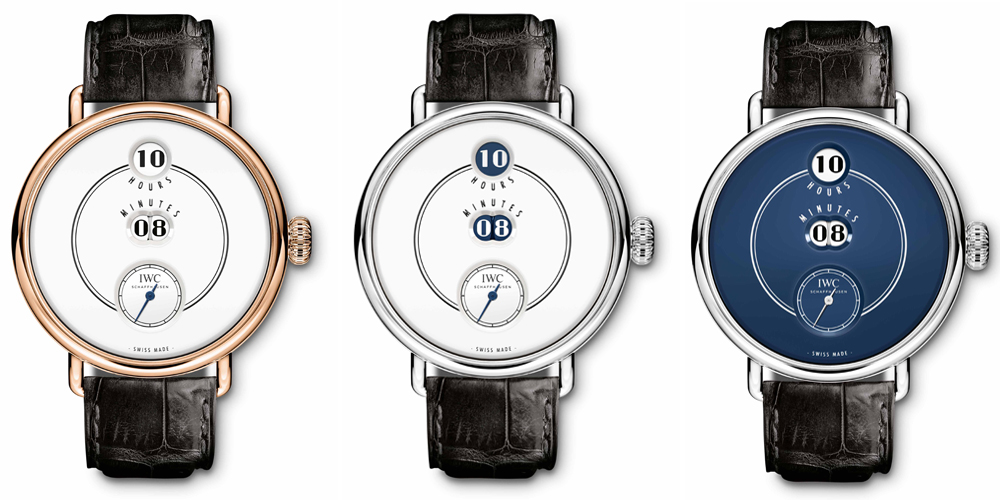
25 specimens will be made of platinum, 250 of red gold, and 500 of steel. As a tribute to IWC founder F. A. Jones, the digital display will be marked with the words “Hours” and “Minutes.” For the caliber 94200, propelling the original models, the Schaffhausen designers developed an original solution, currently patent pending: while on the historic Pallweber pocket watches the digital display wheels were put in motion by cogwheels, in this case the minutes wheel is set in motion by a separated wheel with individual keg. The unlocking mechanism, connected with the watch wheels, can unlock and lock it again every 60 seconds. Every 10 minutes, the minutes wheel triggers the movement of the 10-minutes wheel, and on the 60th minute the hour wheel moves ahead to display the next hour. These separate wheels don’t influence the power force of the normal watch wheel; thus guaranteeing high precision, and 60 hours of power reserve.
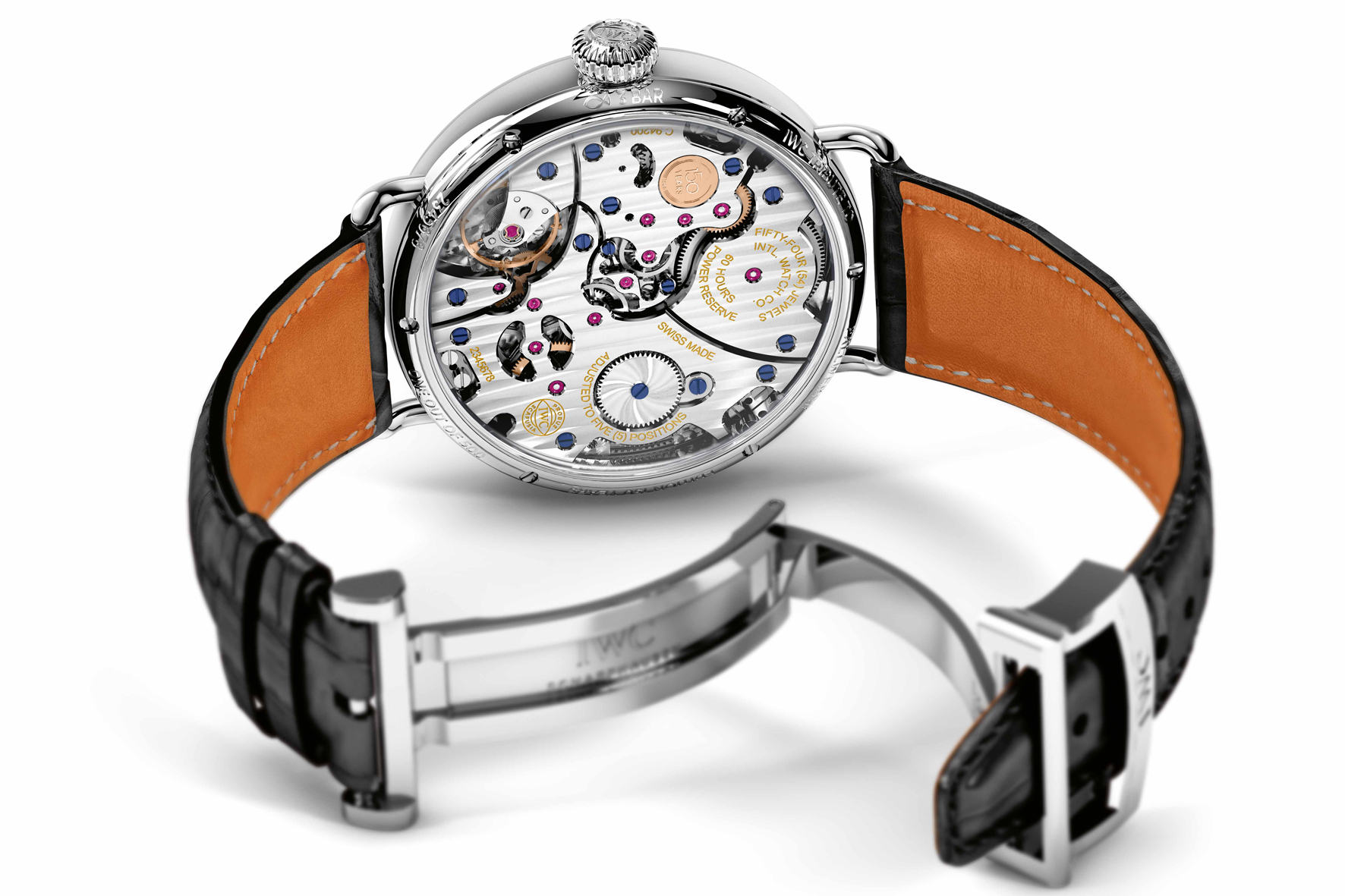
2017 – …: An innovative future
Since 2017, the company is guided by the new CEO Christoph Grainger-Herr. The most important news for IWC in the coming future is the opening of the new plant in Merishausen, nearby the historic Schaffhausen headquarters: a building of over 13 thousand square meters, with the objective to bring under the same roof three different processes – crucial in watchmaking – that today take place in two different plants: the manufacturing of the movement components, assembling, and cases production. Besides industrial production,Merishausen will also be open to visitors.
By Francesca Favotto
